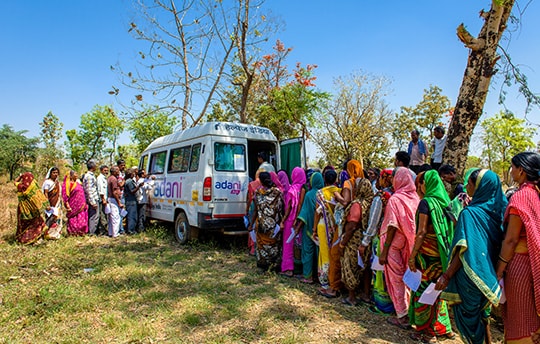Building a critical care infrastructure in Rural India – Decoding the funding & investment challenges
Reading time - 3 min.
Related Articles
Sleeping With Socks: What Really Happens
Some people can’t imagine sleeping with socks on. Others feel incomplete without them. It’s one of those quiet bedtime debates that rarely gets attention—but...
What is jasmine coffee and why do doctors urge caution ?
If you are fond of exotic herbal coffee, then this case can be an eye opener, an Indian patient was recently diagnosed with complicated...
60 Days, One Small Bite: What Daily Ginger Chewing Does to Your Body
It starts with something almost laughably simple—a small piece of ginger in the morning. Sharp, spicy, and strong enough to make your eyes water....



 Maanoj Shah is a Chartered Accountant, a People Champion with strong Business creation, strategy and scaling-up experience. Apart from co-founding Mission ICU, he has played a key role in many social initiatives like Khaana Chahiye (Volunteer management), Co founder Corona Champions (Covid awareness initiative) & Giftchange (A platform for changemakers).
Maanoj Shah is a Chartered Accountant, a People Champion with strong Business creation, strategy and scaling-up experience. Apart from co-founding Mission ICU, he has played a key role in many social initiatives like Khaana Chahiye (Volunteer management), Co founder Corona Champions (Covid awareness initiative) & Giftchange (A platform for changemakers).